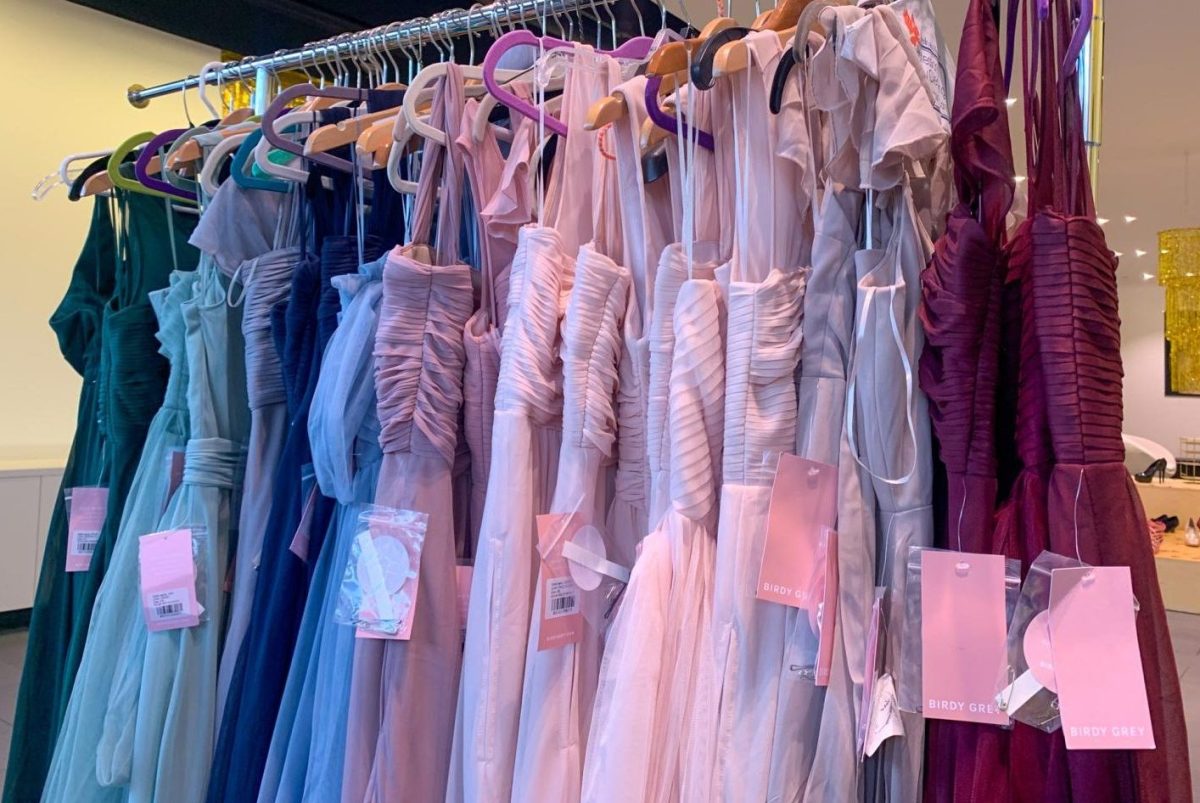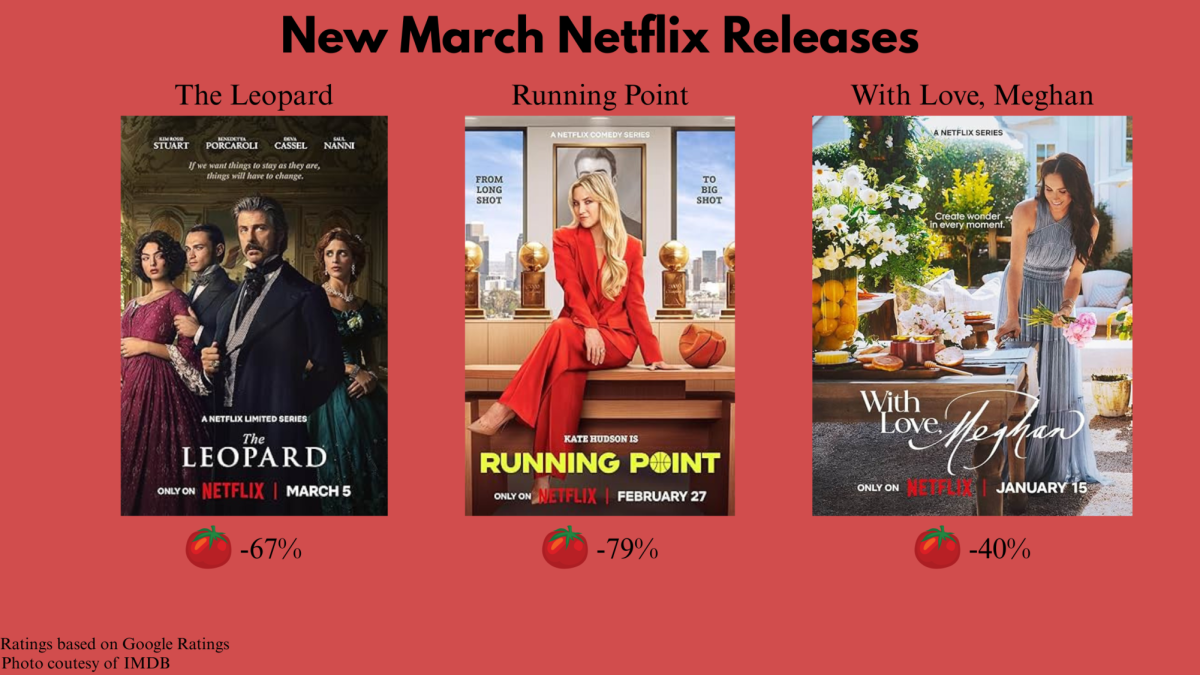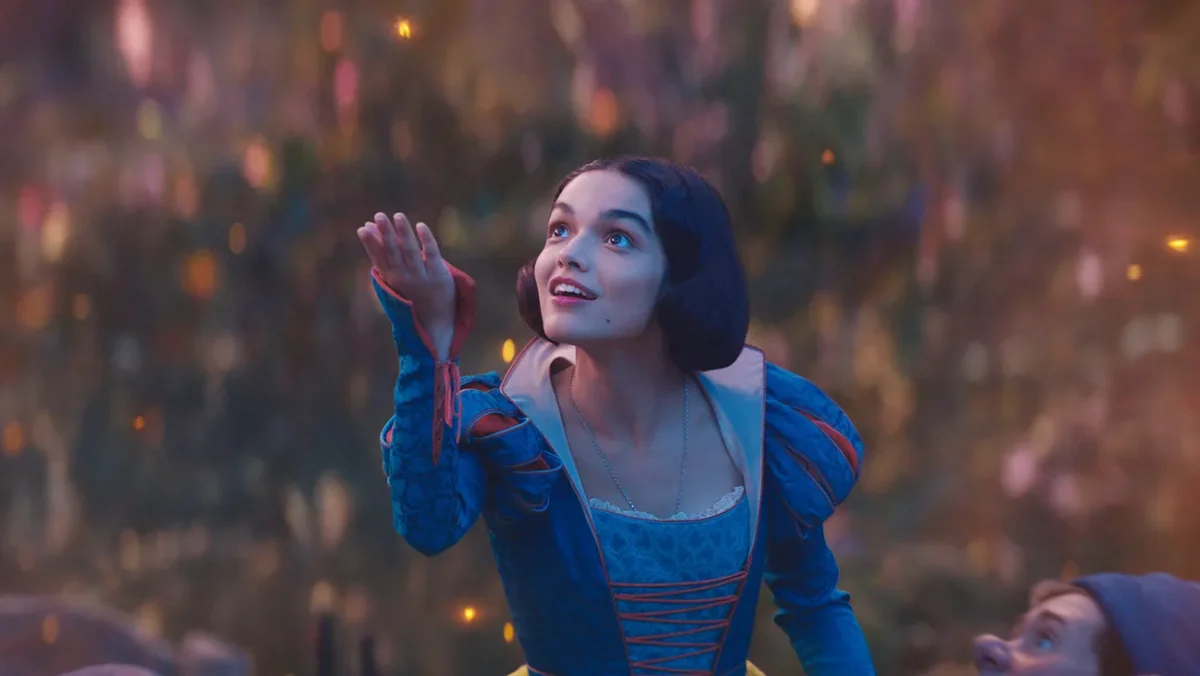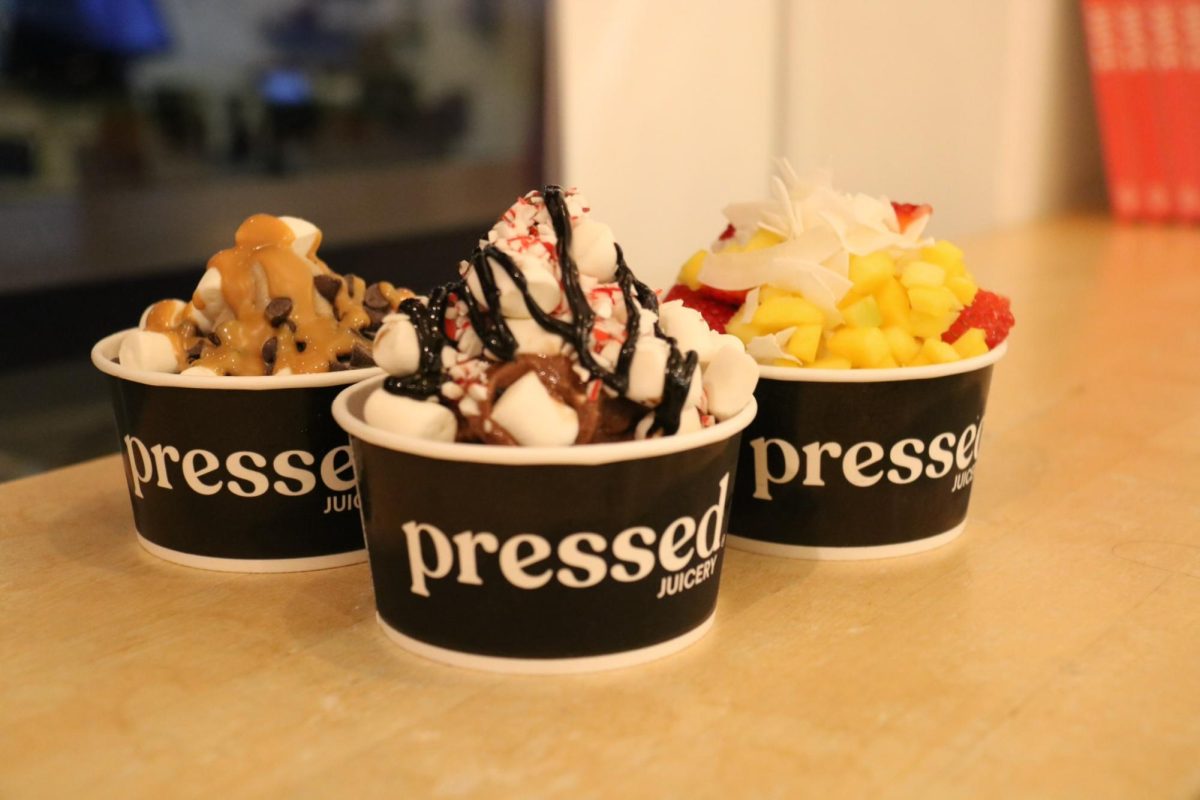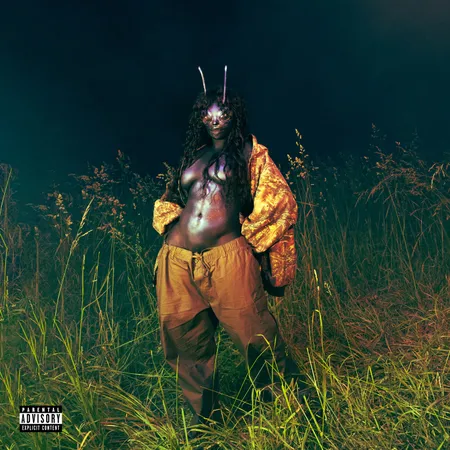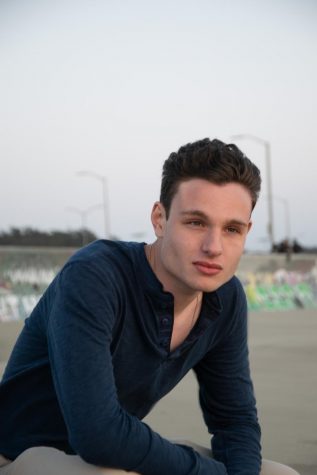After an almost two-year hiatus due to COVID-19, Marvel Studios has returned to expand their established universe with the release of their first two shows “WandaVision” and “The Falcon and the Winter Soldier” on Disney+. With the incredible popularity of Marvel’s previous blockbusters and building excitement from Marvel’s time off, it is no surprise that WandaVision was January’s most viewed title across all streaming platforms, according to Variety. However, are these shows worth the wait, and do they take steps in the right direction for the future of Marvel media?
“WandaVision”
“WandaVision” is an enjoyable, if slightly unsatisfying story about grief and love. It focuses on two characters who are finally given a chance to shine after floating around previous Marvel movies without a story of their own. “WandaVision” follows Wanda Maximoff (Elizabeth Olsen) and Vision (Paul Bettany) as they build a life for themselves in the suburbs, but not everything is as it seems. The show attempts to parody sitcoms by placing its titular characters in situations relevant to the style of sitcom from the time period, which changes every episode and starts in the 1950s. “WandaVision” is intentionally very different from the rest of the Marvel Cinematic Universe (MCU), opting for a more grounded and personal look at its heroes, as opposed to the usual bombastic, action-packed movie fare.

The concept of “WandaVision” is one of its best elements, but also one the show doesn’t manage to explore to its fullest potential. The show begins with Wanda and Vision arriving in Westview, N.J. in the 1950s, to raise a family and build a life of their own, while attempting to keep their powers hidden from the townsfolk. However, this is immediately strange considering the events of the MCU take place in the modern age, and Vision was killed in a previous movie. The show builds a sense of mystery from the very beginning and leaves the audience with a multitude of questions, perhaps most importantly among them, what is going on? As the show progresses, the audience learns many of the answers to their questions but gain many more along the way. While the main mystery of the show is solved by the finale, many plotlines are left with unsatisfactory conclusions or just end altogether, the worst of which is a major plotline leading to a phallic joke. Marvel has successfully subverted fan expectations in the past with comic book characters and story lines being significantly different in their movies. However, with so many people and plotlines being built up over the course of the show, it’s a shame most of them don’t have a satisfying conclusion to their story.
However, with the scale of the Marvel universe, it is admirable that the director, Matt Shakman, chose to tell a self-contained story without opting to bring in big characters from other Marvel properties just as fan service. The emotional core of the show, exemplified by Wanda and Vision’s relationship, is what makes this show most enjoyable. Olsen and Bettany are great in their roles and both provide engaging performances, managing to carry a similar feel to their characters throughout different time periods. The chemistry between them and the situations they find themselves in range from gleefully endearing to deeply moving to heart-wrenching. It is also commendable that Shakman opted to have Wanda and Vision overcome their obstacles by using more than their superpowers, as opposed to most other superhero movies. However, as good as the main duo is, the side characters leave much to be desired. While no other previously established superheroes are included, most of the side characters are simply pulled from the background of previous Marvel movies, and they fail to match Olsen and Bettany’s performances. Not only that, many of their side stories lead to an unsatisfying conclusion or feel like they shouldn’t have been included at all.
The technical aspects of the show, including music, lighting and cinematography, are passable. Most of the cinematography mocks the time period of the episode and this works well. But, when the show moves to current times, the cinematography doesn’t do anything special. The special effects are okay, but slightly underwhelming considering the $25 million per episode budget.
Overall, “WandaVision” tells a strong story about grief and its place in the human psyche. The sitcom elements are nostalgic and enjoyable, though lack comedic flair. The show has some truly stand out moments, but for most of the runtime, it leaves you feeling entertained with a touch of exasperation.
“The Falcon and the Winter Soldier”
While only two episodes of “The Falcon and the Winter Soldier” are currently available to watch on Disney+, it still proves itself to be vastly different from “WandaVision,” but it continues the same trend of character focused drama. While “WandaVision” steered clear of huge action sequences, “The Falcon and the Winter Soldier” opens with one, which initially seemed like a return to the normal Marvel fare. However, the rest of the 50 minute episode follows the show’s titular characters, Sam Wilson aka the Falcon (Anthony Mackie), and James “Bucky” Barnes aka the Winter Soldier (Sebastian Stan), as they deal with intensely personal problems. The second episode has more action, but relies mostly on its characters to carry its 50 minute runtime. Like “WandaVision,” “The Falcon and the Winter Soldier” takes two characters who previously only played background roles in the MCU and attempts to give them stories of their own. But, while “WandaVision” uses a sitcom framework to examine its characters, the first episode of “The Falcon and the Winter Soldier” feels more like a buddy cop movie. Two characters who don’t particularly like each other, but are forced to begrudgingly work together against a bigger threat.
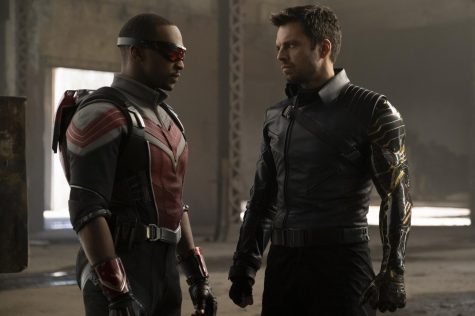
Themes of identity permeate the first two episodes, with every character looking for a new place in the world after the cataclysmic events of “Avengers: Infinity War” and “Avengers: Endgame” where half the world’s population disappeared and then reappeared five years later. The central identity crisis is focused on Captain America. After Steve Rogers, the man who held that title previously, retired at the end of “Avengers: Endgame,” he passed it onto Wilson. However, Wilson opted to give it up at the start of this show because he felt like it belonged only to Rogers. With three characters in the first episode who have taken the identity of Captain America in the Marvel comics, including Barnes who was arguably Roger’s best friend, it still remains unclear who will take it in the MCU. The second episode continues this trend, introducing yet another character with strong connections to Captain America and his origins. It also builds the conflict between John Walker (Wyatt Russell), the government’s replacement for Captain America, and Wilson and Barnes, who feel no one can replace Steve Rogers, because they both had personal connections to him.
The side characters in “The Falcon and The Winter Soldier” are fortunately much more entertaining than the ones in “WandaVision.” Walker is an especially interesting character due to his desire to live up to Steve Roger’s legacy. This show keeps its side characters to a minimum, opting to focus on a set few. The new ones include Isaiah Bradley (Carl Lumbly), an early African American test subject for the super serum that gave Steve Rogers his strength, and Karli Morgenthau (Erin Kellyman), a member of the anarchist group Flag Smashers. So far, they prove engaging characters that address issues of government power and race in a way that hasn’t been done before in Marvel movies.
The show’s quick pace and character focused story tends to lead to plot events happening a little too conveniently. This often comes off as unnatural and pulls the audience out of the story, if just for a second. The writing also sometimes feels slightly inconsistent, with characters acting differently then they have previously. Fortunately, the show moves quickly enough that these inconsistencies aren’t nearly enough to detract significantly from the quality of the show.
While the first two episodes merely move the main players around to build the main conflicts of the series, the show is off to a strong start. Mackie and Stan don’t interact in the first episode, but their reunion in the second is more than enough to make up for it. They have proven in the past, both on and off the screen, to have good chemistry with each other. Despite some minor story and writing issues, the first two episodes of “The Falcon and The Winter Soldier” are highly enjoyable and are a strong start to the second Marvel show of 2021.

